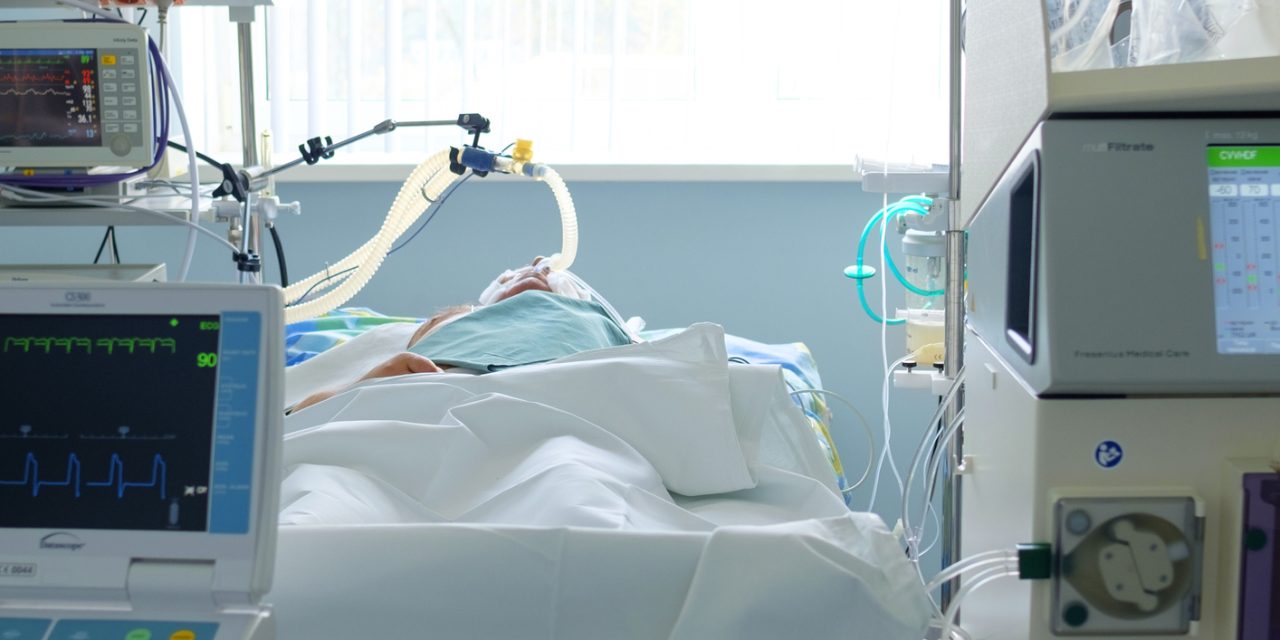Head computed tomography (CT) is the gold standard in emergency departments (EDs) to evaluate mild traumatic brain injury (mTBI) patients, especially for paediatrics. Data-driven models for successfully classifying head CT scans that have mTBI will be valuable in terms of timeliness and cost-effectiveness for TBI diagnosis. This study applied two different machine learning (ML) models to diagnose mTBI in a paediatric population collected as part of the paediatric emergency care applied research network (PECARN) study between 2004 and 2006. The models were conducted using 15,271 patients under the age of 18 years with mTBI and had a head CT report. In the conventional model, random forest (RF) ranked the features to reduce data dimensionality and the top ranked features were used to train a shallow artificial neural network (ANN) model. In the second model, a deep ANN applied to classify positive and negative mTBI patients using the entirety of the features available. The dataset was divided into two subsets: 80% for training and 20% for testing using five-fold cross-validation. Accuracy, sensitivity, precision, and specificity were calculated by comparing the model’s prediction outcome to the actual diagnosis for each patient. RF ranked ten clinical demographic features and twelve CT-findings; the hybrid RF-ANN model achieved an average specificity of 99.96%, sensitivity of 95.98%, precision of 99.25%, and accuracy of 99.74% in identifying positive mTBI from negative mTBI subjects. The deep ANN proved its ability to carry out the task efficiently with an average specificity of 99.9%, sensitivity of 99.2%, precision of 99.9%, and accuracy of 99.9%. The performance of the two proposed models demonstrated the feasibility of using ANN to diagnose mTBI in a paediatric population. This is the first study to investigate deep ANN in a paediatric cohort with mTBI using clinical and non-imaging data and diagnose mTBI with balanced sensitivity and specificity using shallow and deep ML models. This method, if validated, would have the potential to reduce the burden of TBI evaluation in EDs and aide clinicians in the decision-making process.Copyright © 2021 Elsevier Ltd. All rights reserved.
The detection of mild traumatic brain injury in paediatrics using artificial neural networks.


